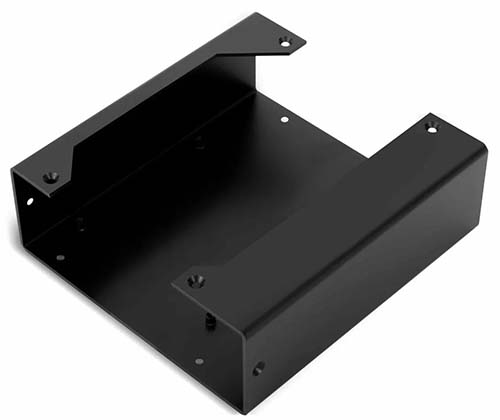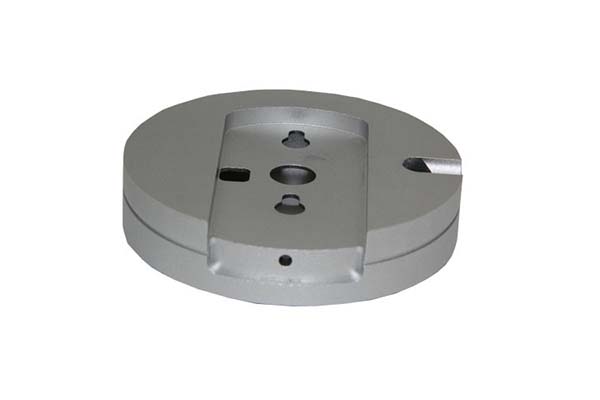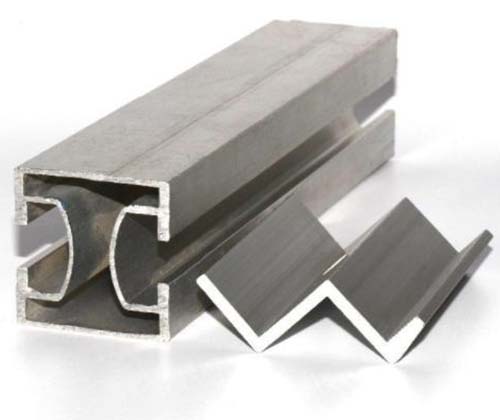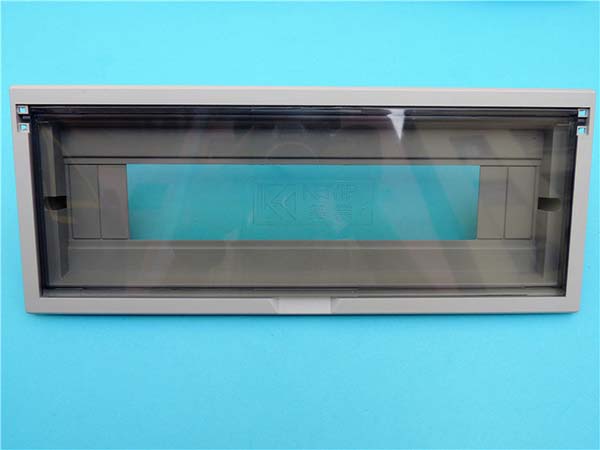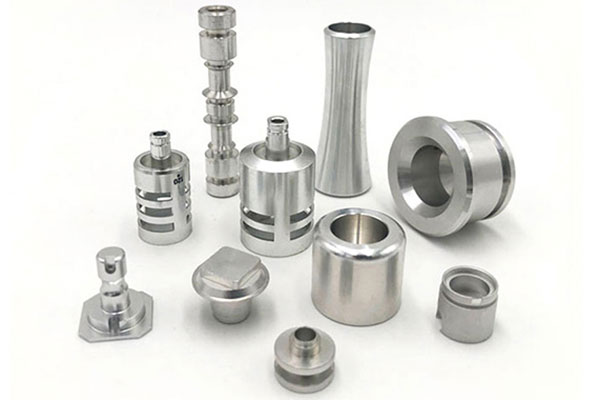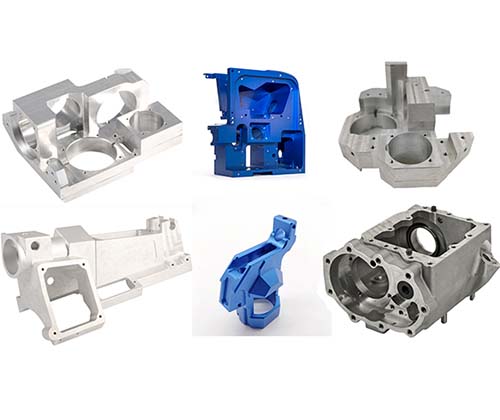Introduction
Manufacturers and builders often struggle with finding a sheet metal that offers long - lasting corrosion resistance for outdoor use, while also being durable enough to withstand harsh environments. Many options either have thin coatings that wear off quickly or lack the strength needed for structural applications. Sheet Metal SGCC (Hot-Dip Galvanized) is a solution that combines a thick, robust zinc coating with excellent mechanical properties. In this article, we’ll explore its material makeup, coating processes, properties, applications, and why it’s a reliable choice for demanding projects.
Material and Coating Type of Sheet Metal SGCC (Hot-Dip Galvanized)
Core Components and Coating Details
- Sheet Metal and Zinc Coating: Sheet Metal SGCC (Hot-Dip Galvanized) is based on a low - carbon steel sheet metal substrate, which provides the base strength and ductility. The key feature is its hot-dip galvanizing coating—a thick layer of zinc coating applied by dipping the steel into molten zinc. Unlike electro - galvanized coatings, this process forms iron-zinc alloy layers between the steel and the outer zinc layer. These alloy layers enhance coating adhesion, making the coating much less likely to peel or chip. For example, in construction applications like fencing, this strong adhesion ensures the coating stays intact even when the metal is hit or bent.
- Coating Weight, Thickness, and Surface Finish: The coating weight of SGCC is typically measured in grams per square meter, ranging from 120 g/m² to 600 g/m², which translates to a coating thickness of 15 - 85 micrometers. Heavier coatings are used for applications like storage tanks and piping that need maximum corrosion resistance. The surface finish of SGCC is slightly rough with a characteristic spangled appearance, caused by the zinc crystals forming during cooling. This finish is durable and can be left exposed or painted, making it suitable for both architectural elements and industrial equipment. There’s also a variant called galvannealed SGCC, where the coating is heated after galvanizing to form a fully alloyed layer, improving paint adhesion for automotive parts.
Coating Process of Sheet Metal SGCC (Hot-Dip Galvanized)
Key Steps in Hot - Dip Galvanizing for SGCC
- Fluxing and Dipping Process: The coating process for SGCC starts with preparing the steel. The sheet metal is cleaned to remove dirt, oil, and rust. Then, it undergoes fluxing—a treatment with a zinc - based solution that prevents oxidation and helps the molten zinc adhere to the steel. Next comes the dipping process: the steel is immersed in a molten zinc bath heated to around 450°C. As the steel reacts with the molten zinc, iron-zinc alloy layers form, and a pure zinc layer covers the top. This molten zinc bath ensures the coating penetrates into corners and complex shapes, providing uniform protection.
- Annealing, Cooling, and Post - Treatment: Before dipping, the steel may go through annealing—heating and cooling to soften the metal and improve its ductility. After being pulled out of the molten zinc bath, the coated steel is cooled quickly to set the coating. Cooling must be controlled to avoid warping while ensuring the zinc crystals form properly for a consistent surface finish. Post - treatment steps can include passivation to enhance corrosion resistance or painting for aesthetic purposes. In in-line galvanizing facilities, the entire process—from cleaning to coating—is done in a continuous line, ensuring efficiency and consistent quality. Quality control checks during the process include measuring coating thickness and testing coating adhesion by bending the metal and checking for peeling.
Material Properties of Sheet Metal SGCC (Hot-Dip Galvanized)
Mechanical and Protective Properties
- Corrosion Resistance and Coating Durability: The most notable property of SGCC is its excellent corrosion resistance. The thick zinc coating acts as a physical barrier, and if scratched, the zinc sacrifices itself to protect the steel through galvanic action. In salt spray tests, SGCC can resist rust for 2000 - 5000 hours, far longer than many other coated steels. This makes it ideal for outdoor applications like fencing, roofing, and agricultural machinery that are exposed to rain, snow, and salt. Coating durability is also impressive—with proper maintenance, SGCC can last 30 - 50 years in rural areas and 15 - 30 years in coastal environments with high salt levels.
- Strength, Ductility, and Tensile Properties: SGCC retains the strength of its steel substrate, with a tensile strength of 300 - 500 MPa and a yield strength of 200 - 350 MPa. This strength makes it suitable for structural applications like construction beams and vehicle frames. It also has good ductility, with an elongation of 15% - 30%, allowing it to be bent and formed into shapes like ductwork and piping without cracking. The tensile properties ensure it can withstand heavy loads, whether it’s used in industrial equipment or storage tanks.
Other Important Properties
- Hardness, Impact Resistance, and Flatness: The hardness of SGCC is higher than uncoated steel, with a Brinell hardness of 80 - 120, thanks to the iron-zinc alloy layers. This hardness improves wear resistance, making it suitable for parts that rub against other materials, like fencing hinges. It also has good impact resistance—able to withstand sudden blows without breaking, which is important for agricultural machinery and automotive undercarriage parts. While its flatness is not as precise as cold - rolled steel, it’s sufficient for most structural and outdoor applications, with minimal warping.
Applications of Sheet Metal SGCC (Hot-Dip Galvanized)
Construction and Architectural Uses
- Construction and Architectural Elements: In construction, SGCC is widely used for structural components like beams, columns, and roofing sheets. Its corrosion resistance ensures these parts last in outdoor conditions, reducing maintenance costs. Architectural elements such as fencing, railings, and facades also benefit from its durability and rustic appearance. For example, park fencing made from SGCC can withstand years of rain and sun without rusting, maintaining both its functionality and look.
- Ductwork, Storage Tanks, and Piping: Ductwork for outdoor HVAC systems uses SGCC to resist moisture and corrosion. Storage tanks for water, chemicals, and fuel rely on its thick coating to prevent leaks and contamination. Piping systems for irrigation and industrial fluids also use SGCC, as it can handle the pressure and outdoor exposure.
Automotive, Industrial, and Agricultural Applications
- Automotive and Industrial Equipment: The automotive industry uses SGCC for undercarriage parts, wheel wells, and frame components that are exposed to road salt and moisture. Its corrosion resistance protects these parts from rust, extending the vehicle’s lifespan. Industrial equipment like conveyor belts, machine frames, and toolboxes also uses SGCC, as it can withstand the wear and tear of factory environments and outdoor storage.
- Agricultural Machinery: Agricultural machinery such as tractors, plows, and grain silos operates in muddy, wet conditions, making SGCC an ideal choice. Its corrosion resistance protects against rain and fertilizer, and its strength handles the heavy workload. For example, a plow blade made from SGCC will resist rust from damp soil and stay strong enough to turn hard ground.
Yigu Technology's Perspective
As a parts custom manufacturing supplier, Yigu Technology values Sheet Metal SGCC (Hot-Dip Galvanized) for its unbeatable corrosion resistance and durability. We use it to fabricate construction components, fencing, and industrial equipment parts, leveraging its thick coating and strength. Our team ensures proper handling during fabrication to maintain coating adhesion, and we offer post - treatment options like painting for enhanced aesthetics. Whether for outdoor ductwork or heavy - duty storage tanks, SGCC helps us deliver long - lasting, cost - effective solutions to our clients.
FAQs
- How does SGCC compare to electro - galvanized steel in terms of corrosion resistance?
- SGCC has far better corrosion resistance than electro - galvanized steel. Its thick, alloyed coating can last 30 + years in rural areas, while electro - galvanized coatings (thinner and without alloy layers) typically last 5 - 15 years in the same environment. This makes SGCC better for outdoor and heavy - duty applications.
- Can SGCC be welded, and what precautions are needed?
- Yes, SGCC can be welded, but the high heat can damage the coating around the weld, leaving it prone to rust. It’s important to use welding techniques that minimize heat spread and to touch up the welded area with zinc - rich paint or spray to restore corrosion resistance.
- What factors affect the lifespan of SGCC in outdoor applications?
- The main factors are coating thickness (thicker coatings last longer), environmental conditions (coastal/salty areas reduce lifespan), and physical damage (scratches or dents that expose the steel). Proper installation and occasional maintenance (like repainting damaged areas) can extend its lifespan.
